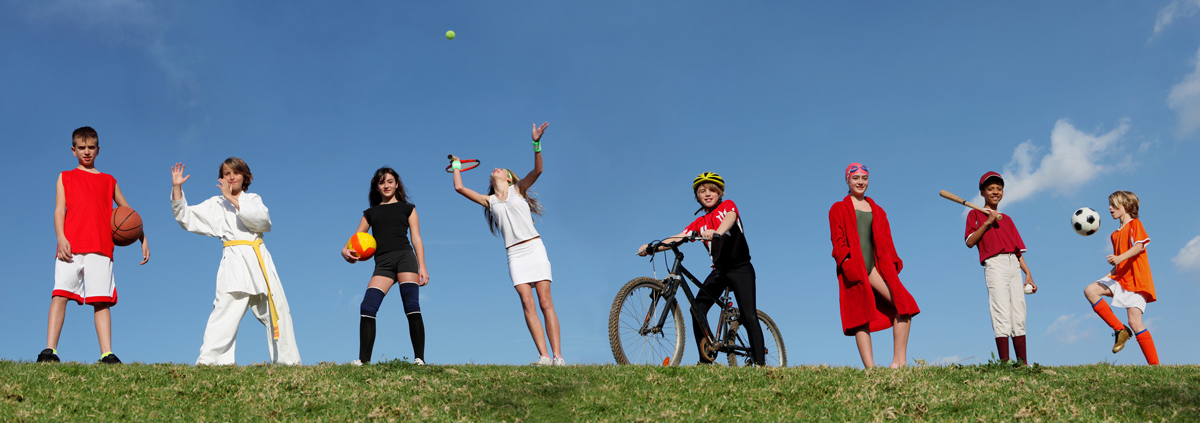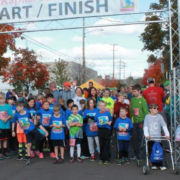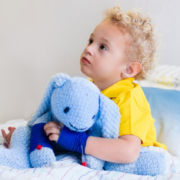Sports for Kids: A Better Way
I hope you took the time to read the Norwegian Children’s Rights in Sport document; if not, please do, especially the Plan for Development. The focus is on making sure the child is safe and secure no matter their abilities. The goal is for all kids to develop the joy of learning sports by having fun and gaining lifetime skills.
The kids also have the right to master a variety of skills in many sports. The ages 6 through 12 are not for specialization, they’re for generalization. Kids have the right to decide how much or how little they want to participate in sports and much they want to train. That doesn’t mean that this is all willy-nilly; it’s very organized with progressions from skill to skill and sport to sport.
Let me use the illustration from the last Memo about dodgeball. If kids are put into groups with similar abilities, they can still play dodgeball. They can develop their eye-hand coordination much better than if they avoid that game altogether. They can be given drills that allow them to focus on the ball release, to anticipate which direction to move, and how to catch the ball. The progression may be different and slower than more talented kids of the same age, but they will progress. They may never play dodgeball again, but they can develop skills that help them become a goalie in soccer. If they grow into their teenage and young adult bodies with better skills, who knows where that may lead? The most important point is for kids to learn to associate sports with having fun.
There are two elements that are the antithesis of American youth sports. Travel teams are prohibited, and no scores are kept for any game up to the age of 12. Local communities can have competitions within a reasonable distance and that’s encouraged, but nothing like the travel teams we see in the U.S.
No keeping score? It’s prohibited and if caught, coaches and parents are subject to penalties. They’re also not allowed to keep statistics: no leading scorers, no saves in hockey. The emphasis is on learning a variety of skills in many sports to encourage life-long activities.
I haven’t seen documentation of long-term effects, but it would be reasonable to anticipate a reduction in obesity and a less sedentary lifestyle than we have in the U.S. today, and that could reduce healthcare costs. We might even find a smaller carbon footprint if people are more inclined to walk or bike or ski to their destinations.
Where’s the Competitive Spirit?
Don’t be deceived—competition is encouraged at the right time. Once children over 13 decide they want to become competitive athletes, the training escalates with more info on nutrition, practice of sport-specific skills, and higher levels of competition. Once they’re in, they go all in. Remember this: the first kids who went through this change in the approach to sports for kids are the young adults who won all those medals in the last Winter Olympics. Now they’re turning their attention to the sports in the Summer Olympics.
Competitive? Of course they are. They just want to end up with a population of adults who have a life-long appreciation for movement and a commitment to keep going. So far, it seems to be working.
The Bottom Line
I think anything that helps kids develop an appreciation for movement is a good thing. Could the Norwegian way work in the U.S.? Most likely not because the current system of an exclusionary approach to sports is so entrenched, but it could work within a community or a school district. If the focus is on playing, having fun, and getting good coaching in sports skills all year round for young kids, that could translate to benefits for all ages. Maybe it would prevent the burnout student athletes experience who start competing at six years old. By the time they finish high school, too many are done. For life. That costs the child and it also costs society.
What are you prepared to do today?
Dr. Chet
Reference: https://www.aspeninstitute.org/blog-posts/norway-won-winter-olympics/









